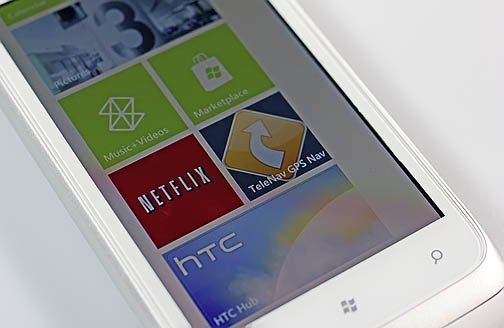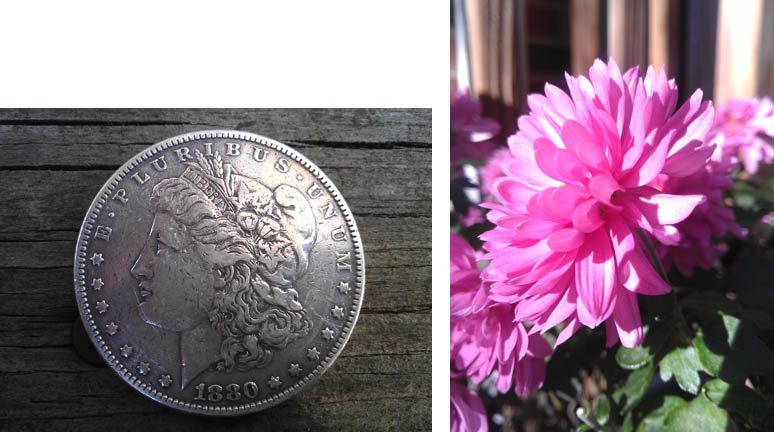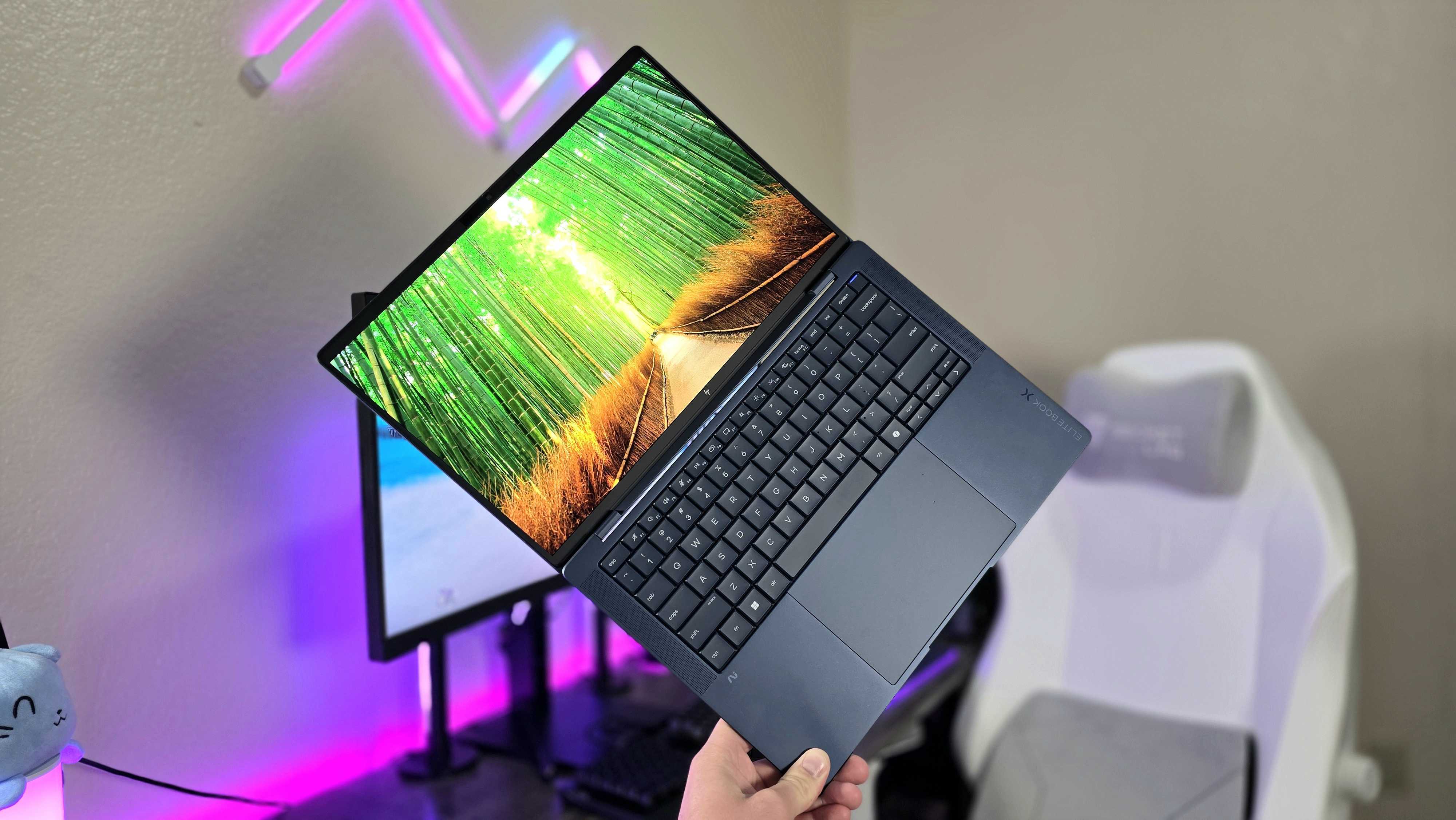T-Mobile HTC Radar 4G Review

While the curtain has been lifted for some time on the HTC Radar, it is still a fresh face on the Windows Phone market. The white/silver color scheme and unibody design makes the phone stand out amongst other Windows Phones. The lighter color pattern may extend the Windows Phone appeal to new users but how does the Radar hold up to other Windows Phones?
The Radar isn't just another pretty face amongst smartphones. With respect to design and feel, the HTC Radar can easily hold its own against other Windows Phones on available today. The aluminum unibody is curved to fit your hand comfortably while giving the Radar a quality build. The screen is vibrant, responsive and has a bit of a pop to it. While the color choice for the Radar may not appeal to everyone, there's no denying this is a well built Windows Phone.
We've put the Radar to use over the past few days and to see how this second generation Windows Phone has held up, bounce on past the break.
| Design:The unibody design of the HTC Radar feels good and is a big plus in favor of this Windows Phone | Feel: The Radar feels solid and comfortable in the hand. The curved edges of the unibody design fits snugly in your hand. | 9out of 10 |
| Performance: Powered by Windows Phone Mango, a 1Ghz processor and a lasting 1520mAh battery, the Radar is a solid performer and will keep you going throughout the day. | Quality: There's little doubt that the HTC Radar is a quality Windows Phone. From design to feel to performance, the Radar will hold its own against other Windows Phone. |
| The HTC Radar feels solidly built and fits comfortably in the hand thanks to a curved unibody. The Windows Phone is a solid performer that is powered by a 1ghz processor. One of the ore noticeably improvements is the 5mp f2.2 rear facing camera. | While the Radar has plenty of strengths it's three main weaknesses is that the color takes a little getting used to, it lacks a compass or gyro sensor and the 8gb storage may not meet everyone's needs. You either love or hate the white/silver color scheme and may have to be more selective on what you load/store to the phone. |
| The HTC Radar may not appeal to everyone based on appearance but there's little doubt that it's a well built, solid performer. The second generation Windows Phone builds upon its predecessors by offering a more vibrant screen, better camera and all the goodness Windows Phone Mango has to offer. T-Mobile customers will be pleased with the Radar even though some may have to take longer to get used to the white color. |
Design

Our first impressions of the T-Mobile HTC Radar 4G (we'll just call it the Radar from here on out) was good. The first thing that jumped out at me was the color. Personally, I don't like the white color pattern but that's just me. I don't like white phones, white cars or white pants. They get dirty too quick and the first smudge that gets on them stands out like a sore thumb. But that's just me and other opinions will vary.
While I don't particularly care for the white color pattern, others will seek it out. It's something different and I believe it's something that our female audience members will find appealing (my wife described the Radar as cute and would like to own one).
Enough about the color. Fan of the white/silver or not, the HTC Radar is a very good Windows Phone. Measuring 4.7 x 2.4 x .43 inches and weighing only 4.83 ounces, the Radar comes across as a well constructed, comfortable Windows Phone. The curved sides of the Radar's unibody allows the phone to fit snugly in your hand, giving the phone a compact feel to it.
All the latest news, reviews, and guides for Windows and Xbox diehards.

Overall, the fit and feel of the Radar is very comparable to the Samsung Focus but better. Call it a slightly narrower, slightly smaller (3.8" compared to 4") screen when compared to the Focus. The Radar is comparable to the new Samsung Focus Flash but not as compact.

The layout of the Radar has the volume rocker and camera button on the right side, the micro-USB port to the left and your power button and 3.5mm headphone jack up top.

A 5mp camera is on the rear and up front is a .3mp VGA camera.
The aluminum unibody design is nice but something to get used to. The design gives the Radar curved edges that mask the size and gives the phone a really comfortable feel. When I first saw videos and photos of the Radar it looked as if the phone had a chin at the bottom. This is where the SIM Card cover meets the unibody shell and the contrast between the white plastic and silver aluminum gives the appearance of a chin or protrusion. It's actually a continuous angle that doesn't feel like a protrusion at all.

One quick note about the SIM Card cover is that you do not have access to the Radar's 1520mah battery. Many will ask, "What if I need to do a battery pull?". The answer is simple, just remove the SIM Card cover. The cover has two metal contacts that when removed, disconnects the battery. Replace the cover, the contacts complete the circuit and you have essentially performed a battery pull.

All in all, color preferences asides, the Radar is a well designed, well constructed, comfortable Windows Phone. I think HTC could have gone with a 4" screen and had the same overall feel but the 3.8" does rather nicely in its own right.

Screen

While we're on the subject of screens, the Radar is fitted with a 3.8" WVGA 800x480 screen. I've been spoiled with the AMOLED screens from Samsung and Dell but the Radar's screen ain't shabby. Out of the box the Windows Phone theme is set to a white background (ugh) and the HTC Green tiles. The colors do have a good bit of pop (more so with the black background) when looking at the screen straight on. The screen has nice saturation and contrast but when you angle your view the contrast and saturation fades a little more than other phones.

Compared to the HTC HD7S, the HD7S has just a smiden more contrast with the colors. Outdoors, the Radar performed well. The screen faded slightly but was still very useable.
Video playback came across really good on the Radar and touch respnsiveness was exceptionally good as well.
All in all, the HTC Radar has a very good screen that any device would be pleased to have. User's will not be disappointed with it.
Under the hood

Under the hood of the Radar you will find a 1ghz processor, 512mb of RAM and 8gb of storage. With all the preloaded software and such, out of the box you have just over 6gb of storage.
Preloaded you have a handful of T-Mobile apps (your account, T-Mobile TV), HTC apps (the Hub, HTC Watch) and a few other odds and ends (TeleNav, Netflix). All of which can be uninstalled to free up storage space. There isn't an expansion slot available so some will see the 8gb as a restriction. In a way, I can agree with that feeling. As memory storage goes these days whey 16gb isn't the minimum standard is a bit of a mystery. Or if you're going with 8gb give us the expansion slot option.
There are a few odd omissions under the hood with the Radar. The Radar lacks a digital compass and the gyro sensors. You do have a-gps and while the gyro may not be missed, why not have a digital compass?

Everything on the Radar is powered by a 1520mah battery that, combined with the power management features of Windows Phone, does a very nice job of it. Under moderate use (internet activity, streaming videos, email, voice calls, etc.) the Radar easily lasts a full day without charging.
The non-removable (at least by the user) battery could create some issue down the line. What if you have a bad battery? What if the battery no longer holds a full charge? In the past you would simply go the the WPCentral Accessory Store (nice plug, right?), buy a new battery and slap that puppy in the phone. The best we can tell is that if you have an issue with the battery on the Radar, it'll have to go to HTC for service. Yes, that sucks but honestly, I can't remember the first battery problem with a Windows Phone. Sure, we've had software issues that prematurely drain batteries but a bad battery itself? I may be wrong but this may be a non-issue.
One last thought on what's under the hood with the Radar is that the Windows Phone is fitted with 4G capabilities. I'm a little hesitant to comment on download speeds and data performance because reception and service varies so much from one spot to the other. However when the stars are aligned and reception is good, 4G on the HTC Radar is nice and vastly improves the phones data performance. The change from 3G to 4G speeds is almost as impressive as going from a dial up modem to DSL line on your computer. Well... maybe not that impressive but it's nice.
Camera

One of HTC's weaker points with regards to smartphones is the camera quality. Some will say it simply sucks, but I'll go with a more gentler version by saying there has always been plenty of room for improvement. Improvement that is very noticeable with the HTC Radar and I think you'll be happy with the Radar's camera.
The software running the camera is your typical Windows Phone camera software with settings that include flash on/off/auto, scenes, effects, etc.). The physical button is one of the nicer camera buttons I've used. You don't have to contort your finger to press it nor does a gentle breeze cause the camera to take pictures. It's firm enough to avoid accidentally pressing it but relaxed enough to be easy to manipulate.
The camera does have a flash/LED light that works great as a focusing light but performs par for the course as a light trying to imitate a camera flash. Picture quality was good as was video quality indoors and out. To help with things, the Radar is fitted with a fast, low aperture, f2.2 lens. Basically, the f2.2 lens opens itself up more to let in more light. Where you would have to turn on an extra lamp or two for indoor shots, the f2.2 lens might let you get away with only having that one lamp on.


I have to tip my hat to the camera's macro mode. I was able to focus the camera about five inches away from my subject, filling the screen nicely with macro subjects such as flowers, coins and what not.


The Radar does have a front facing camera for self portraits, video calls and, not to sound too repetitive, what not. It is a .3mp VGA camera and I would compare it to the little cameras that are now standard on most laptops. Decent video capture and surprisingly nice still captures. Here's a short sample from the rear camera, shooting 720p.
All in all, the Radar has a good, much improved camera. Outdoors and at close distances it's one of the nicest I've seen.
Phone Quality
With all the capabilities a Windows Phone has, you often forget it's also a phone. In that regards, the Radar is a solid performer. Call volume, microphone volume and speaker performance was on par (if not slightly better) than other Windows Phones.
If you've read any of my Windows Phone reviews, I take notice of the vibrate alerts on these phones. Older Windows Mobile phones would rattle the fillings in your mouth when set to vibrate but it seems as if with the Windows Phone phones, the vibration weakened. I find myself in meetings and other situations I don't need my "RING, RING" tone going off. For me the vibration feature is up there.
The HTC's Radar vibration alert is getting there. It's not up there with the HTC Tilt but it's noticeably better than the first generation Windows Phones.
As far as a phone goes, the Radar does just fine.
Summing it all up

HTC has produced a quality, well built, attractive phone with the Radar 4G. I see only two main weaknesses and one is more of a subjective measure.
The color will not appeal to everyone. Personally, while I think the Radar is an outstanding Windows Phone, I can't see myself owning a white phone. Months down the line I fear that the Radar will start to look dingy with dirt, scratches, and other stains. Black hides wear a little better. Admittedly though, the white color pattern did begin to grow on me after a few days.
The other weakness is the 8GB of storage. This will force many to pick and choose what is installed on their phone more carefully. Why manufacturers (or is it MSFT) hasn't embrace expansion slots is bit of a mystery.
You also have the issue of the Radar lacking the gyro and compass (okay so it's three weaknesses). I might could understand why the gyros were left off the design table but the compass these days is almost standard. Some may never miss these two features but it will limit what (or how) some applications run on the Radar.
Weaknesses asides, the Radar is still a very good Windows Phone. The 3.8" screen is really nice with decent outdoor performance. The 1ghz processor moves things along nicely and the Radar feels really good in the hand. Add the 4G performance and you have a solid Windows Phone.
The Radar 4G is a good choice for those waiting to upgrade to a second generation Windows Phone or those looking to make the move to Windows Phones. Who knows, performance and feel may be just enough to get you past the white color scheme.

George is a former Reviews Editor at Windows Central, concentrating on Windows 10 PC and Mobile apps. He's been a supporter of the platform since the days of Windows CE and uses his current Windows 10 Mobile phone daily to keep up with life and enjoy a game during downtime.
